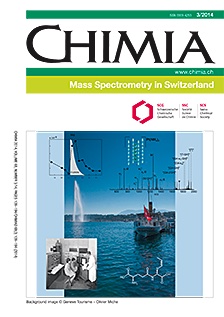Mass Spectrometry in Environmental Toxicology
DOI:
https://doi.org/10.2533/chimia.2014.140Keywords:
Aquatic organisms, Ecotoxicology, Effect-directed analysis, Proteomics, Ultra-trace analysisAbstract
In environmental toxicology, mass spectrometry can be applied to evaluate both exposure to chemicals as well as their effects in organisms. Various ultra-trace techniques are employed today to measure pollutants in different environmental compartments. Increasingly, effect-directed analysis is being applied to focus chemical monitoring on sites of ecotoxicological concern. Mass spectrometry is also very instrumental for studying the interactions of chemicals with organisms on the molecular and cellular level, providing new insights into mechanisms of toxicity. In the future, diverse mass spectrometry-based techniques are expected to become even more widely used in this field, contributing to the refinement of currently used environmental risk assessment strategies.Downloads
Published
2014-03-26
Issue
Section
Scientific Articles
License
Copyright (c) 2014 Swiss Chemical Society

This work is licensed under a Creative Commons Attribution-NonCommercial 4.0 International License.
How to Cite
[1]
K. J. Groh, M. J.-F. Suter, Chimia 2014, 68, 140, DOI: 10.2533/chimia.2014.140.







